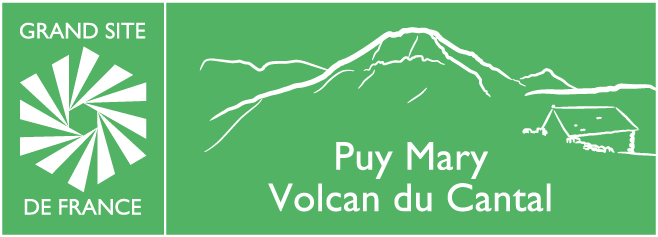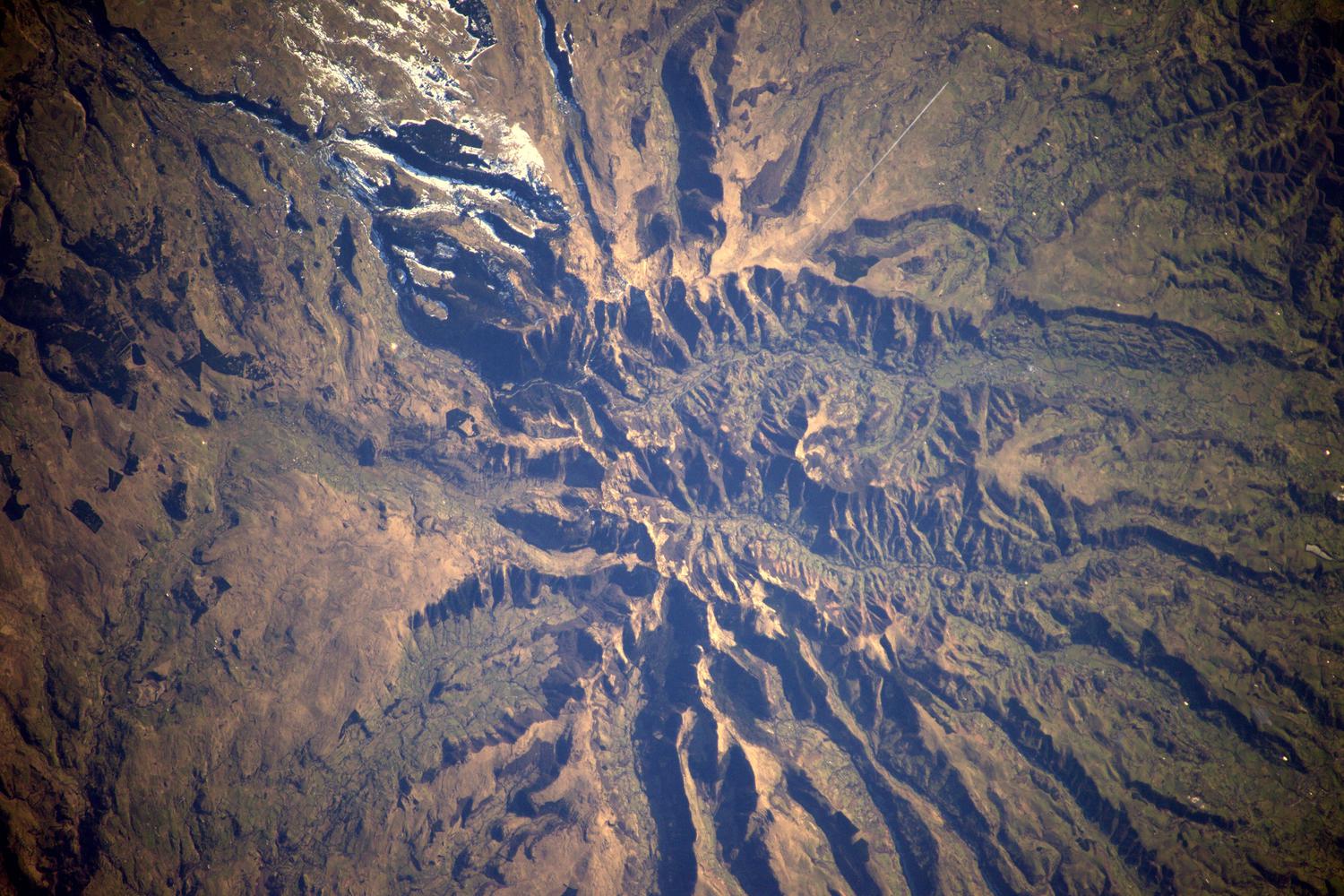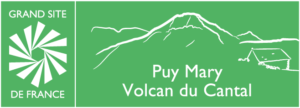Welcome to the footsteps of
Europe's largest volcano!
The oldest of the giants of Auvergne and located in the Parc Naturel Régional des Volcans d’Auvergne (PNRVA), the Cantalien Massif is the largest stratovolcano in Europe.
A giant in hiding
With a diameter of 70 km and a surface area of 2700 km², its imposing size is formed by a low central cone rising to 1855 m, with a base going from north to south for 60 km and from east to west for 70 km. Taking into account the fact that the Cantalian stratovolcano could have reached an altitude of 3500 to 4000 metres according to certain hypotheses; and that the current volume of volcanic deposits exceeds 400 km³, this gives the Cantal volcano the status of the largest stratovolcano in Europe.
The physiognomy of the Cantalian volcano differs from the rest of the volcanoes in Auvergne. While the Puys chain in the Puy-de-Dôme is made up of a string of 80 small volcanoes, a single volcano forms the Cantalien volcano.
The morphology of the Cantal volcano
This major building of European natural heritage is divided into two sectors:
A central, mountainous area with a rugged relief, whose main peaks are Plomb du Cantal (1855 m), Puy du Rocher (1813 m), Peyre Arse (1806 m), Puy Brunet (1806 m), Puy Mary (1787 m) and Puy Griou (1690 m) ;
A peripheral area made up of plateaux, called “planèzes”, with a low external slope, bordered by wide and deep valleys.
The Cantalien reliefs are highly original, which can be explained by their volcanic nature and their mountainous character. They give the whole massif a truly Alpine appearance, although it is a medium mountain with a peak at 1855 meters above sea level (Plomb du Cantal).
The Cantalien volcano was built in a succession of eruptions that took place between 13 and 3 million years ago. Knowing the geological history of the Cantalien volcanic massif allows us to better understand the construction of the potholes, valleys and waterfalls that can still be admired today.
To go further :
Listen to the podcast (in french) produced by BRGM during the conference “Volcans auvergnats : de la chaîne des Puys au Cantal”, with Angélie Portal and Sébastien Leibrandt (Orléans, 21 april 2017)






